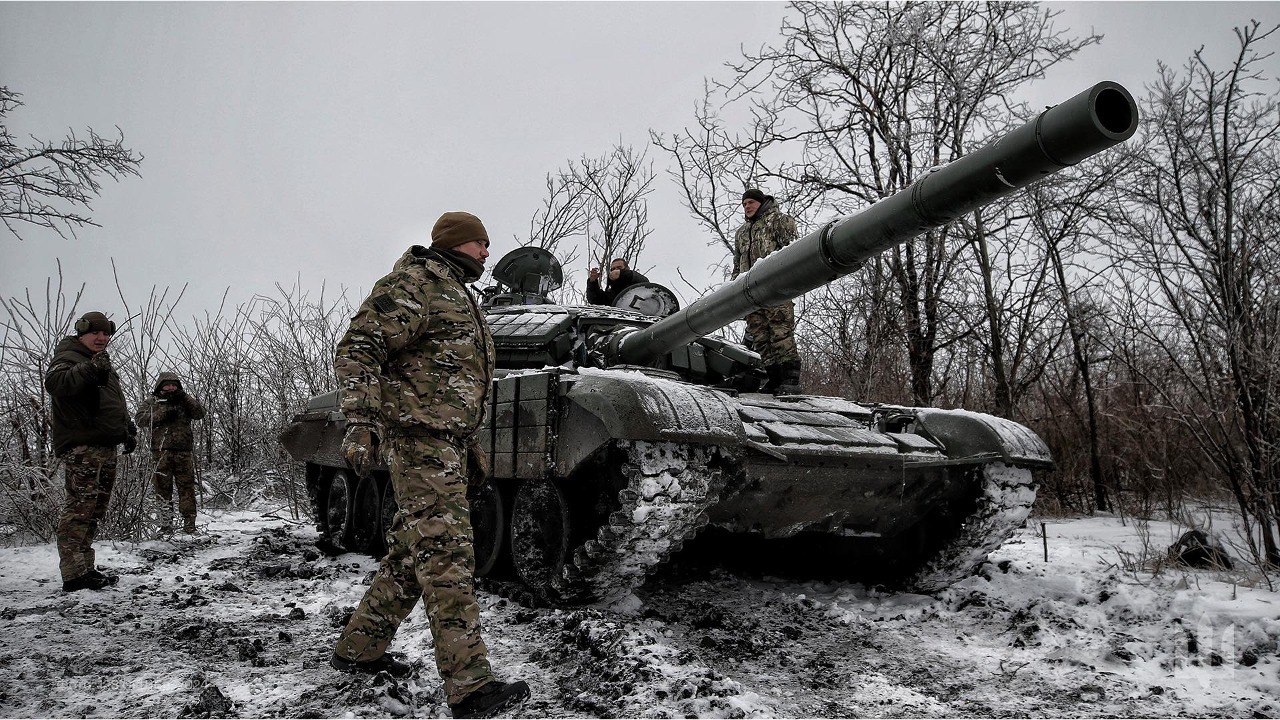The European Union's foreign-policy branch, the European External Action Service (EEAS), has proposed to its member states to overhaul a fund dedicated to military support for Ukraine, Bloomberg reported.
A Bloomberg-reviewed document from the EEAS details a previously proposed plan to establish the Ukraine Assistance Fund, with an annual budget of approximately €5 billion ($5.4 billion), which member states had yet to reach a consensus on.
The current funding system, the European Peace Facility (EPF), reimburses member states for weapons supplied to Ukraine. Despite several expansions of the EPF and the approval of seven packages totaling €3.5 billion since Russia’s full-scale invasion, unanimous support is needed for fund allocation and disbursement, leading to delays and disagreements among member states.
Diplomatic envoys from countries, including Germany have expressed concerns over the EPF's diminishing effectiveness. They point out that future deliveries will increasingly consist of newly purchased weapons, as opposed to being drawn from existing arsenals.
The EEAS proposal suggests altering the fund's governance to unify differing views among member states. It includes fixed reimbursement rates and incentives for joint European-Ukrainian industry initiatives, with a gradual phase-out of reimbursements for current stock and unilateral procurement.
The proposed fund envisions two primary "European pillars": joint procurement of lethal and non-lethal support through European industry and continued training and equipping of Ukrainian troops.
This new instrument is designed to complement bilateral aid from individual member states and aims to address Ukraine's urgent needs for artillery, specialized munitions, drones, air defense, and non-lethal support like demining and military medical assistance.
The EEAS's draft includes recommendations for the EU to establish specific targets and timetables for deliverables, with member states outlining their contributions.
The proposal also suggests evaluating non-European equipment and services in the EU's training and equipping Ukrainian forces on a case-by-case basis, acknowledging the contributions of countries like France that advocate for prioritizing EU industry in the fund.
Some member states have criticized this approach, arguing for sourcing weapons from wherever readily available rather than focusing primarily on the EU industry. The EEAS paper emphasizes the urgency of reaching a political agreement to increase the EPF's financial ceiling by €5 billion for Ukraine, with the possibility of comparable annual increases until 2027, based on Ukrainian needs and guidance from member states.
Read also:
- ISW: Russia conducting information campaign to misrepresent NATO’s Steadfast Defender 2024 exercises
- Ukraine allocates record $ 466 million for fortifications
- Estonia to provide €14 million annually in development aid for Ukraine
- Rheinmetall overhauls two of 14 Leopard tanks for Ukraine in nine months




